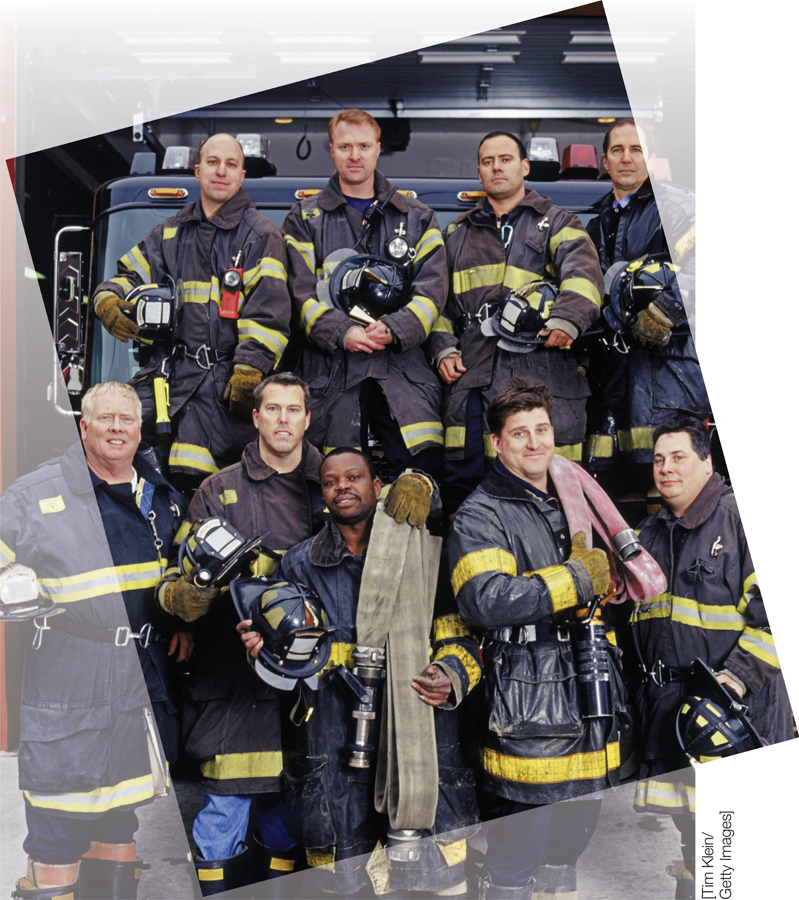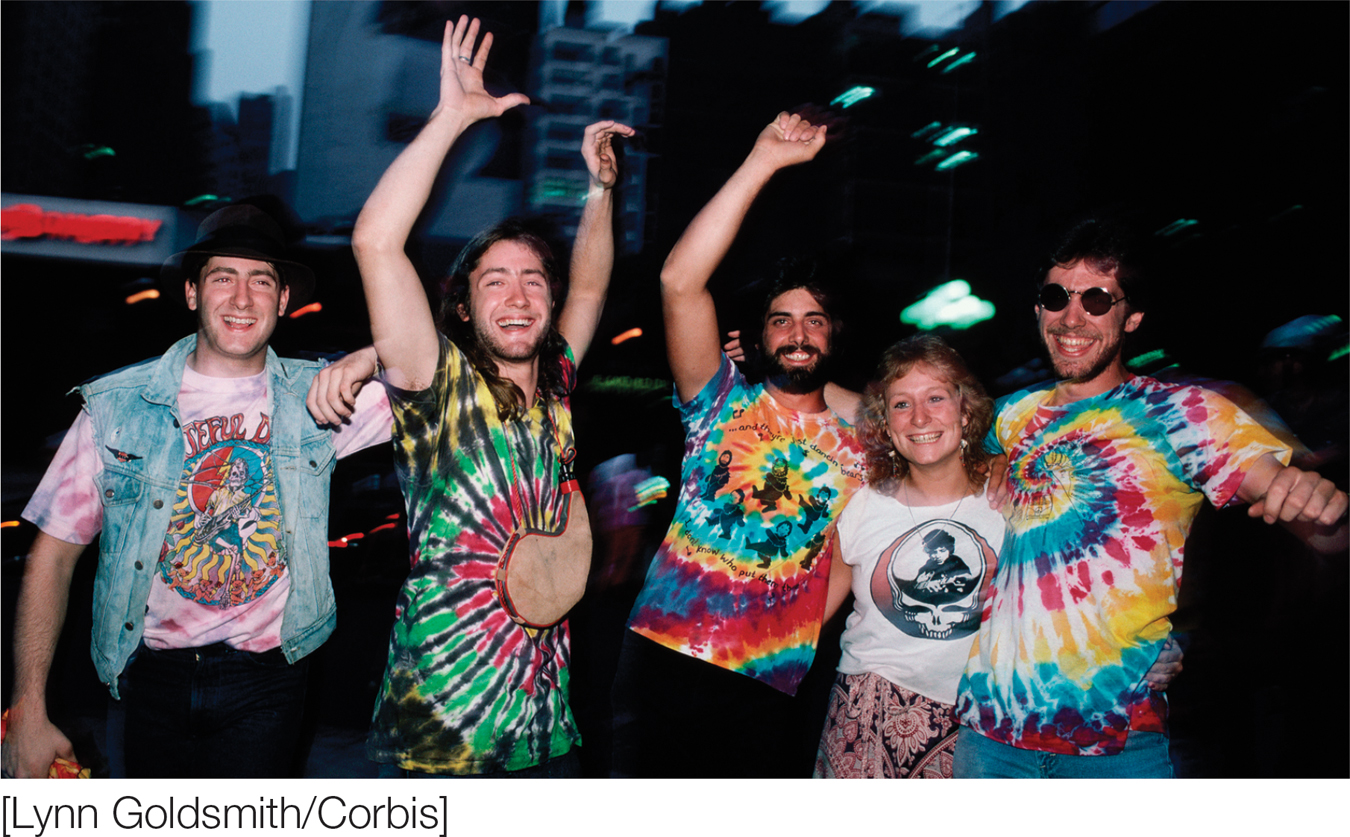Chapter Introduction
| CHAPTER | 9 |
Group Processes

310
311
TOPIC OVERVIEW
Why Do People Join and Identify With Groups?
Promoting Survival and Achieving Goals
Reducing Uncertainty
Bolstering Self-
esteem Managing Mortality Concerns
-
Social Dilemmas and the Science of Cooperation

SOCIAL PSYCH OUT IN THE WORLD When Cooperation Is the Key to Economic Growth and Stability When and Why Do People Cooperate?
Fairness Norms: Evolutionary and Cultural Perspectives
Performance in a Social Context
Performing in Front of Others: Social Facilitation
Performing With Others: Social Loafing
Social Facilitation and Social Loafing Compared
Deindividuation: Getting Caught Up in the Crowd
-
Group Polarization
Groupthink
Application: Improving Group Decision Making
Leadership, Power, and Group Hierarchy
What Makes a Leader Effective?

SOCIAL PSYCH AT THE MOVIES Milk: Charismatic Leadership Style Power Changes People
Hierarchy in Social Groups
Why Do People Leave and Disidentify With Groups?
Promoting Survival
Reducing Uncertainty
Bolstering Self-
esteem Managing Mortality Concerns

Deadheads are more than just a collection of people who like the Grateful Dead; they are a cultural group with their own norms and rituals.
In the previous chapter, we examined how people are influenced in subtle and not so subtle ways by the behavior, requests, and commands of other individuals. In this chapter, we will explore the ways in which people are also influenced by their membership in social groups. Virtually every human on the planet identifies with at least one fundamental cultural group, whether it is a small tribe or a billion-
Let’s begin with an interesting example of such a group: deadheads. In the history of rock and roll, few bands have had such devoted fans as the Grateful Dead. When the band began touring in the late 1960s, die-
312
To say that deadheads are a bunch of people who all like the Grateful Dead misses the strong sense of community that binds them together. Before the invention of social networking sites and blogs, deadheads shared personal stories with each other through newsletters such as the Grateful Dead Almanac, and they created their own economy at concerts, buying and selling veggie burritos, T-
As a community, deadheads expected each other to behave in certain ways and socialized newcomers to conform to those expectations. This can be seen when, following the release of the band’s 1987 album In The Dark, concerts were flooded by younger fans whose belligerent behavior disrupted the mellow atmosphere that deadheads treasure. To restore order, a set of senior deadheads organized a mass distribution of flyers instructing everyone to “cool out.” Deadheads also organized substance-